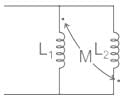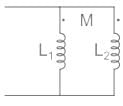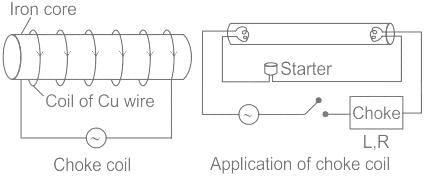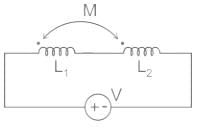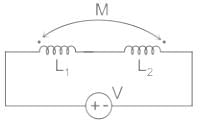Test: Inductance - 2 - Electrical Engineering (EE) MCQ
15 Questions MCQ Test - Test: Inductance - 2
A pure inductor of 20.0 mH is connected to a source of 220 V. Find the RMS value of current in the circuit, if the frequency of the source is 50 Hz.
An air-cored solenoid has 100 turns and is 1 m long. If the area of the cross section is 100 cm2, what will be its self-inductance (in μH)?
In inductive circuit, when inductance (L) or inductive reactance (XL) increases, the circuit current
When a dc voltage of 60 V is applied across a solenoid, an electric current of 5 A flows through it. When the dc voltage is replaced by the ac voltage of the angular frequency 400 rad/s, the electric current is reduced to 3A. What is the inductance of solenoid?
Two coils with self-inductance of 100 mH and 200 mH and mutual inductance of 50 mH are connected in parallel aiding order. What will be the total inductance of the combination?
The inductance of a single layer coil of 50 turns is 5 mH. If the no. of turns is doubled, the inductance of the coil will become ______
The _______ the permeability of the core material, the _______ will be the inductance.
An iron-cored coil has an inductance of 4 H. If the reluctance of the flux path is 100 AT/Wb, then the number of turns in the coil is:
A 500 W discharge lamp takes a current of 4 A at unity p.f. Find the inductance of a choke required to enable the lamp to work on 250 V, 50 Hz main.
If L1 and L2 are the inductances of coil-1 and coil-2, then the total inductance of the magnetic circuit will be represented as

An iron cored coil with 1000 turns generates a magnetic flux of 500 μwb in the core while carrying an electric current of 50 A. What will be the self-inductance of the coil?
A coil having inductance and resistance is connected to an oscillator giving a fixed sinusoidal output voltage of 5 Vrms with the oscillator set at a frequency of 50 Hz. The r.m.s. current in the coil is 1A and at a frequency of 100 Hz, the r.m.s. current is 0.625 A. The inductance of the coil is




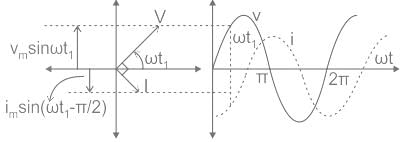



 = 40 π μH
= 40 π μH 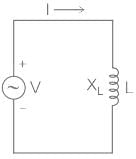
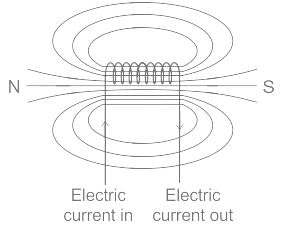


 L = L1 + L2 + 2M
L = L1 + L2 + 2M


